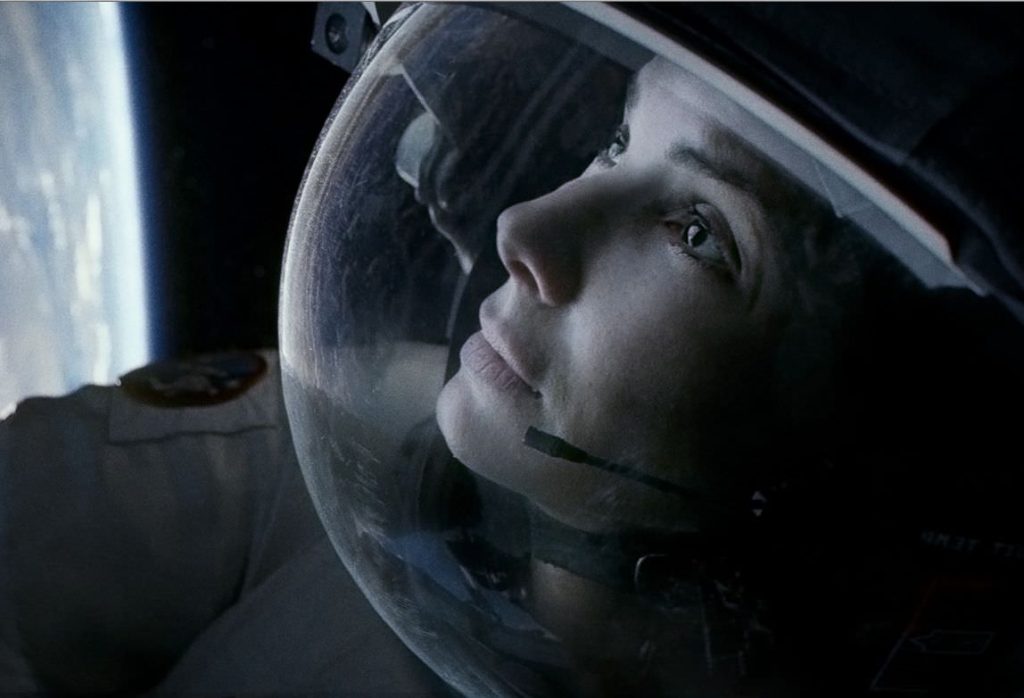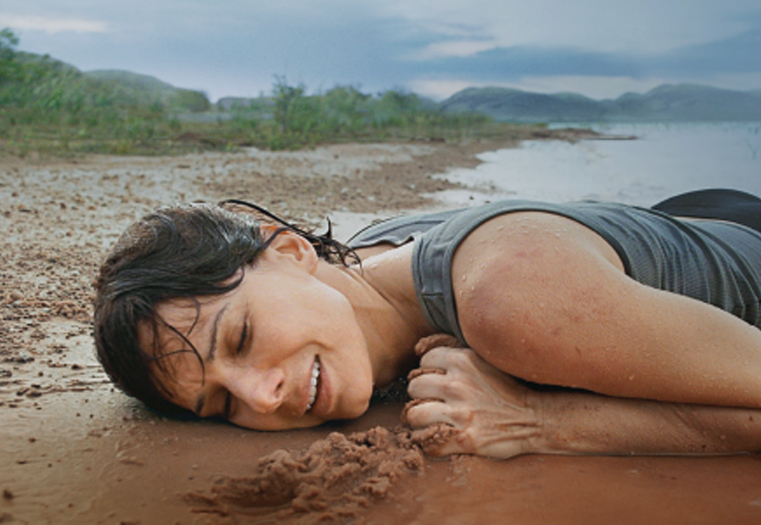Alfonso Cuarón’s Gravity is one of the rare, lucky movies to have its own distinct look shared with no other film. In 2014, it won the Academy Award for Best Cinematography (among many other awards). One look at the space-set thriller shows that there are several reasons Gravity (and its Cinematographer, Emmanuel Lubezki) won and earned this accolade.
Emmanuel Lubezki Brings Audiences to Space in Gravity
Gravity was shot by Emmanuel Lubezki, a director of photography who has worked with a wide array of varied first-rate directors, including Terence Malick, Tim Burton, Mike Nichols, Michael Mann, the Coen Brothers, and most recently with Alejandro González Iñárritu for the critically acclaimed film Birdman. Lubezki has also worked previously with Cuarón for the compellingly shot Children of Men. Gravity is another example of how well the two filmmakers from Mexico City work together.
With an incredible amount of computer FX shots and faithfully recreating the look of zero-G space, Gravity took over four years to make, a true work of passion and artistry rarely seen in modern-day blockbusters. Emmanuel Lubezki and the cinematography team had to overcome the challenge of making Gravity’s setting—the black void of space—both interesting to look at and overpoweringly empty. Shooting nothing is harder than shooting everything, and for the film to work, it needed to sell that space was indeed an eternal expanse of nothingness.
Fortunately for the filmmakers and the audience, Gravity achieved this in spades and is perhaps the most successful attempt at transporting a mass audience to outer space.
Image via WatchMojo.
Capturing Space in Gravity
One of the clever ways the film faithfully interprets infinite darkness is by using perspective. Most of the action is set in front of the background of all backgrounds—the planet Earth. In Gravity, Earth is a huge contrast to the stark void of space, a gigantic ball of bright colors and life, encompassing the characters and the setpieces in its shadow, sometimes threatening to swallow the frame whole. At the same time, it is just tantalizing out of reach for the stranded astronauts of the narrative, essential to selling the tension and thrills of the movie’s plot.

Along these lines, Cuarón used his penchant for long takes—including a very long take that opens the film—to capture the environment in a three-dimensional place, giving the audience a firm idea of how all elements in the film physically relate to one another. Typically, long takes are feats of acting and technical prowess, such as Cuarón and Lubezki’s lauded shot in the climax of Children of Men.
Here, with a camera not bound by gravity and a digitally created set somewhat easier to maneuver around, the long take is instead used to guide us through the film’s setting and prepare us for the disorienting action ahead.
Image via Variety Magazine.
Lighting Up the Cosmos
Lighting also proved key to recreating the look of the cosmos. In space, there is no atmosphere or water vapor to reflect and refract light particles. All light from the sun and spacecraft is direct and unfiltered, a unique look rarely as realistically portrayed as in Gravity.
By using 1.8 million individual LED lights, the film made space look more like space, even on a subconscious level the audience may not fully realize, which furthers the immersion into the world of the movie. Most cinematographers have to deal with a dozen or so lights for a typical film set—using nearly two million was another laborious yet innovative method that sets Gravity’s look apart.
Coming Back Down to Earth
Gravity isn’t all space, however. For the scenes set within various spacecraft, the filmmakers composed claustrophobic yet warm shots—contrasting with the cold expanse outside the ships. The framing of the movie in these scenes adapted to the cylindrical structures of the spacecraft, utilizing circles several times. Together, these choices helped sell a key moment in the film that represents Sandra Bullock finding sanctuary in the womb.

The very last setpiece of the film differed from the rest as well, taking place back on Planet Earth. While most of the movie is shot digitally, the Earth-set scene is photographed on 65mm, giving it a more organic, vital feel. A desert lake was carefully chosen to represent the planet, bringing earthy tones of brown and green to a movie that was practically black-and-white for its entire running time.
Representing the dawn of man and simply a character’s completed journey back home, the ground is framed for most of the scene, focusing on Sandra Bullock’s legs and feet as she takes her first steps. The muddy earth becomes the new foreground, contrasting the planet Earth’s haunting ethereal place as the background for the bulk of Gravity and visually bringing the entire film full circle.
Pursue Your Passion in Cinematography at NYFA
Interested in exploring your own universe through the art of filmmaking and cinematography? Our cinematography programs teach the discipline hands-on, offering various assignments for prospective cinematographers. Learn more about our program curriculums on our Cinematography programs page.
